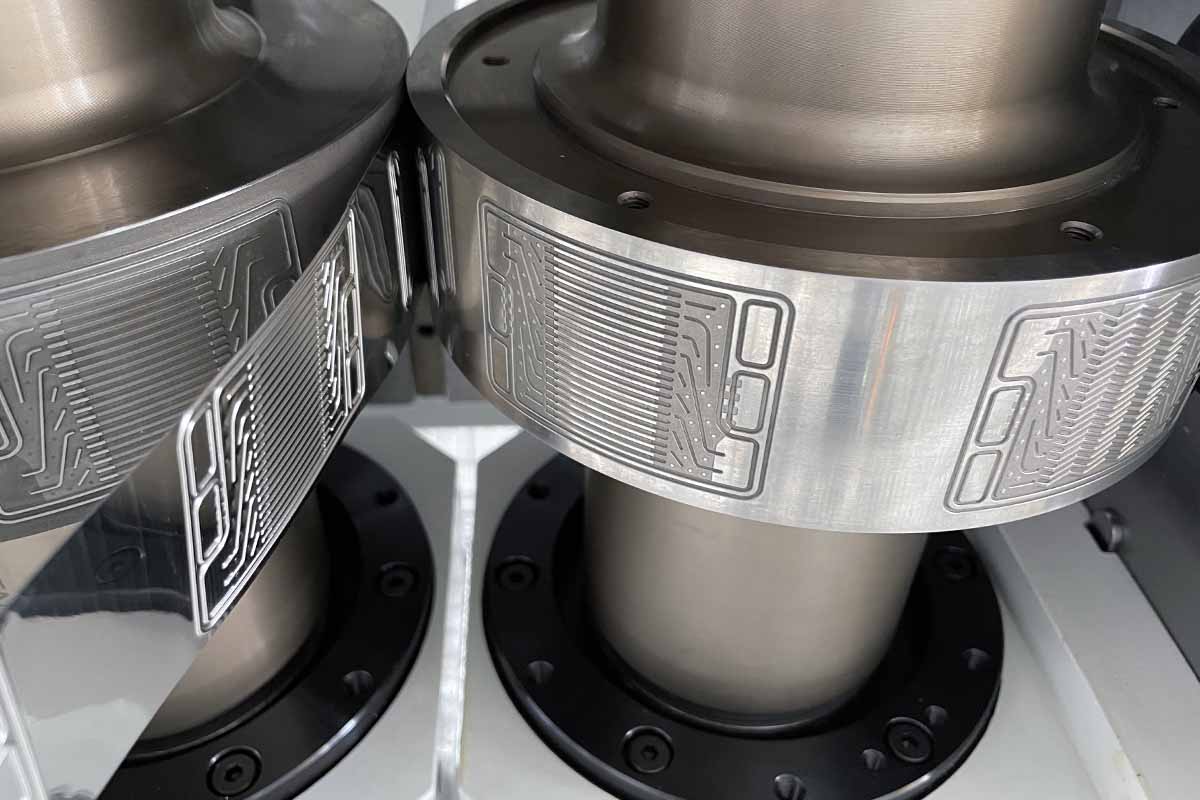Hydrogen fuel cells will be much less expensive to manufacture thanks to this invention
Researchers from the Fraunhofer Institute, in collaboration with Profiroll Technologies, have developed a machine that could revolutionize the manufacturing of bipolar plates used in hydrogen fuel cells.

A machine for producing bipolar plates for hydrogen fuel cells. A machine for producing bipolar plates for hydrogen fuel cells. Photo credit: Fraunhofe
Facebook Twitter (X) Post a comment
Green hydrogen, that is to say produced from renewable energies, is an energy vector that can help us fight global warming. In addition to its ecological nature, its combustion causing no greenhouse gas emissions, this fuel is coveted for its high energy density. This makes it suitable for cars, boats, airplanes and other large-scale applications. It can in particular be used to produce electricity using a fuel cell. However, it must be noted that these conversion devices are relatively expensive. This is partly due to the cost of manufacturing the bipolar plates which are an integral part of their components.
Make the bipolar plate manufacturing process faster
Hoping to change the situation, scientists from the Fraunhofer Institute in Germany collaborated with German mechanical manufacturing company Profiroll Technologies to design a one-of-a-kind machine. Called BPPflexRoll, this allows the structure of bipolar plates to be printed in another way. To do this, it uses a pair of rollers which process a thin sheet of metal. As our source explains, this new technology has the advantage of accelerating the manufacturing process of these parts integrated into hydrogen fuel cells. An improvement which should logically have a positive impact on production costs.

A roller of the machine used to produce bipolar plates.
A roller of the machine used to produce bipolar plates. Photo credit: Fraunhofe
Increased production
The BPPflexRoll has been designed to be able to operate continuously to ensure high productivity. This is also a revolution from traditional batch manufacturing methods. According to its designers, the device could halve the production costs of bipolar plates thanks to a production capacity of up to 120 half-plates per minute. It also promises to be less vulnerable to wear thanks to a less intense impact force. This revolutionary machine has three roller frames and it requires a space of 4.5 m × 3.3 m to install it.






